Blog
Facts about the Bali QUIZ
21 December 2020
1. Popular names in Bali
In Bali, at each birth, there is no question of burying one's head in the sand to choose the name of the newborn, whether it is a girl or a boy. It is (practically) automatic and invariable although there are differences related to the old caste system:
The first one will be called: Wayan (or Putu or even Gede).
The second will be called: Made (or Kadek)
The third will be called: Nyoman (or Komang)
The fourth will be called: Ketut
After this fourth child, the logic of first names resumes with Wayan, then Made etc...
2. All the volcanoes of Bali
Located on the Ring of Fire, the island of Bali is the result of several volcanic eruptions. Among the 12 Balinese volcanoes, only 2 remain active, the Gunung Agung and the Gunung Batur.
Here are the altitudes of the 5 highest volcanoes of Bali:
1) Agung 3031m (Active)
2) Batukaru 2276m
3) Abang 2152m
4) Catur 2096m
5) Sanghyang 2087m
Pohen (2063m), Tapak (1909m), Lesung (1885m), Adeng (1826m), Batur (1717 active), Merbuk (1386m) Klatakan (698m)
3. The production of sea salt in Amed
Some families in East Bali and particularly in Amed, perpetuate the harvest of sea salt by a technique called "saturation" and then by evaporation. This production is extremely painful and requires a lot of energy and work. If you pass through this poor region of Bali, do not hesitate to buy a few sachets of this hard-harvested salt.
4. Final settlement of Bali in 1906
To impose their control over the whole of Bali, on 14 September 1906, the Dutch army landed at Sanur to neutralize the kings of Denpasar, Tabanan and Klungkung. In Denpasar, the king of Bandung (and his followers) will proceed to a bloody Puputan, (collective suicide) causing about 1000 deaths.
5. Babi Guling
Traditionally prepared, the pig is roasted on a spit over hot ashes for several hours. The Babi Guling (translatable "turned pig") is hollowed out and stuffed with spices and sometimes tapioca leaves and the skin is coated with turmeric-based sauce to make it crunchy. A treat for meat lovers! Read about 7 most “Indonesian” dishes here.
6. The Lesser Sunda Islands
The Lesser Sunda Islands is an archipelago composed mainly of the following volcanic islands: Bali, Lombok, Sumba, Sumbawa, Timor... The highest point is in Lombok, with the Rinjani volcano (3726m). These islands are bordered by the Indian Ocean to the south and the Pacific Ocean to the north and are inhabited by about 12 million people.
7. The Pasar, a traditional Balinese village market
Every village in Bali have a market place, traditionally known as Pasar. It is the ideal place to discover the many specialties of fruits, vegetables but also meat and fish from Bali. Very often, you can also find the essentials to practice the daily offerings (flowers, incense, etc. ...) and also some clothes. The atmosphere of these markets is truly exclusive and unforgettable. Not to be missed under any circumstances!
8. Day of Silence in Bali (Nyepi)
Every year, Bali celebrates a Day of Silence called Nyepi. For 24 hours, after the Ogo-Ogo parade, all activity on the island is stopped and everyone must stay in their homes, in principle without electricity, taking advantage of this day for reflection and meditation.
9. The Balians, healers of Bali
In Bali, each village has its own Balian, a traditional healer, who asks only one obole for payment. Popularized worldwide by the film "Eat, Pray and Love", some Balians of Ubud, more or less effective, are now flourishing and prosperous businesses comparable to the activities of yoga, meditation and spirituality so popular in Ubud.
10. Mapantigan is a traditional martial art of Bali.
Little known, the Mapantigan is more like wrestling than Kung Fu. Reserved for men (only dressed in sarong) it consists in putting down his opponent. However, even in Bali, it has been dethroned for many years by Pencak Silat, an Indonesian martial art practiced by both men and women in black "kimonos".
11. Traffic in Bali
Like 1/3 of the world's population, drivers in Indonesia (and therefore in Bali) have to drive on the left side of the road. Established in 1811 by Thomas Stamford Raffles, then English governor of Java, left-hand drive is widespread throughout Indonesia. (As in Thailand and Malaysia).
12. Bali Main Prison
Bali's main prison is located in Kerobokan, south of Denpasar and on the edge of Seminyak. Built for about 300 inmates, it generally accommodates more than 1400 inmates (more than 1000 men and more than 400 women with a proportion of non-Indonesian inmates of +/- 10%). In 2009, a book (Hotel Kerobokan) became a bestseller describing the conditions of incarceration, and left its nickname to the establishment.
13. Reincarnation as a dog
Reincarnation is present in many beliefs and religions in Asia. Karma will generally define in which form (animal or vegetable) it will occur. For many Balinese, reincarnation as a dog will follow a negative life, mainly devolved to thieves and other delinquents, which explains their disinterest in dogs in the wild. On the other hand, dogs are supposed to "see" the surrounding evil spirits and thus be able to warn, by barking, of their presence.
14. Nusa Lembongan and Nusa Penida, Bali Islands
Both administered by the Klungkung district, they have become, as tourism in Bali has developed, dream destinations characterized by their white sandy beaches and diving opportunities to admire the very special and diverse marine life.
The Gilis (Air, Meno, Trawangan) are 3 islands administered by the island of Lombok.
15. Ubud and its forest of monkeys
Meeting the macaques of the monkey forest in Ubud is always a surprising experience. Fattened by the flood of sweets distributed by tourists, the monkeys, sometimes indifferent or even indolent, are numerous to beg for even more food. They will not hesitate to steal your belongings (even from your pockets) and bite you occasionally to get satisfaction. A piece of advice: don't look at them in the eyes because the macaques will then interpret your gaze as an aggression towards them.
16. Tanah Lot, 16th century temple in the Indian Ocean
The visit of Tanah Lot is essential at sunset to admire the magnificent contrast of this black volcanic stone temple in the middle of the ocean and lit by the last rays of daylight. Even if it is not one of the six major Balinese temples (Besaki, Lempuyang Lahur, Goa Lawah, Luhur Uluwatu, Luhur Batukaru, Pusering Jagat), it is the temple at Bali that attracts the most tourists.
17. Bahasa Bali, the language of Bali
In 2000, the number of Balinese speakers was about 3,300,000. A few years later, this number was down to about 1,000,000 because, although Balinese resembles Javanese, Balinese people increasingly use (apart from in villages and among themselves) Indonesian lamguage, the common language of all citizens of the country.
18. Buffalo races in Negara (West Bali)
Imported from Madura, buffalo racing with carts is famous in the Negara region west of Bali. The Makepung (buffalo races) attract all the inhabitants and are an opportunity to measure the speed of these buffaloes used in the rice fields for ploughing. The fervor of the competitors is equal to the bets placed at each round of the competition.
19. The root-tree of Bali
The Banyan is the most sacred tree in Bali (but also in India). It is usually huge, overhanging the temple in the center of the village and characterized by its huge roots above ground. Of the ficus family (ficus benghalensis to be precise) it is supposed to be the place where Krisna is resting! Take the time to admire this magnificent and gigantic tree which will not necessarily remind you (except by its characteristic leaves) of the ficus you are trying to grow in your apartment.
20. Bali, between sea and ocean
While the South of Bali faces the Indian Ocean, the North of Bali is bathed by the Bali Sea, which extends the Java Sea to the West, and the Sea of Flores to the East. To the west the Bali Strait and to the east the Lombock Strait complete the maritime topology of Bali.
21. Puputan or ritual collective suicide in Bali
Although the last official Puputan of Bali took place in 1946 in Marga (near Sangeh) with 100 deaths, the most important Puputan of the 20th century was that at Badung in 1906 with more than 1000 deaths. Ritual collective suicide generally organized by the king and his retinue, it shows the fierce will of the Balinese to accept defeat only by collective death and not to accept the humiliation of surrender.
22. Jatiluwi of the rice fields in jewels
The Batukaru (2276m), the second highest volcano in Bali, dominates the marvelous rice fields of Jatiluwi, classified as a UNESCO World Heritage Site. The words "Jati" (Truth) and "Luwi" (Good) perfectly define this unique place of 600ha, in the center of Bali. The rice fields produce common rice (but also a unique ancestral variety), as well as brown and black rice.
23. Uluwatu, the world's surfing mecca
At the very south of the Bukit peninsula, the 5 waves spots of Uluwatu (The Peak, Racetrack, Outside corner, Temple, The Bombie) attract the best surfers in the world. Reserved for the elite and the professionals by its technical difficulties, Uluwatu is characterized by the quality of its waves but also by its coral bottoms, dangerous during falls.
24. The Kecak, dances without musical instruments
All dances in Bali are religious and mainly concern the mythology of the Ramayana. Initially a dance of trance and exorcism, from 1930 the Kecak becomes more popular and develops in many villages. Rhythmed by male choirs (up to 150 participants) the Kecak retraces episodes of the Ramayana with, among others acts, the battle of the monkeys. The most popular site to attend Kecak is at the Uluwatu Temple in South Bali.
25. The Mahi-Mahi, excellent but with a "strange face".
Mahi-Mahi is a fish often caught in the fishy waters around Bali (as well as in Hawaii or the Gulf of Mexico). With a very characteristic bump on the top of the head, it is one of the tastiest and most popular fish in Bali. The market in Jimbaran will offer you the best specimens and certainly the most succulent sauce to accompany it.
26. Kites, sacred and sporty
In the dry season (May to October) appear in the Balinese sky, many kites. Gigantic or smaller, they are one of the most popular activities in Bali. Originally intended for the God Rare Angon (Shiva) to protect crops, they are now more sporting in character and the best compete in competitions held between July and August, mainly in the southeast of Bali, in Sanur.
27. The dog Kintamani (Anjing Kintamani)
The many stray dogs in Bali, each more famished than the next, should not overshadow the purely local breed of dog: the Kintamani. Usually white or cream in color, (it can sometimes be black) the Kintamani is affectionate while being a good guard dog, which does not prevent their consumption (in private diner or in restaurants with the RW mark) or their sacrifice during ceremonies (mainly during Wudan).
28. Children's heads: connection to the Gods
Why shouldn't we touch the heads of children in Bali?
In Asia and particularly in India and Bali, it is highly recommended not to touch children's heads. Indeed. The top of the skull is considered to be the basis of spirituality, and by touching the skull, a non-Hindu would break the invisible link with the gods. Generally speaking, it is preferable to avoid physical contact without consent with Balinese people because some may consider this as disrespectful.
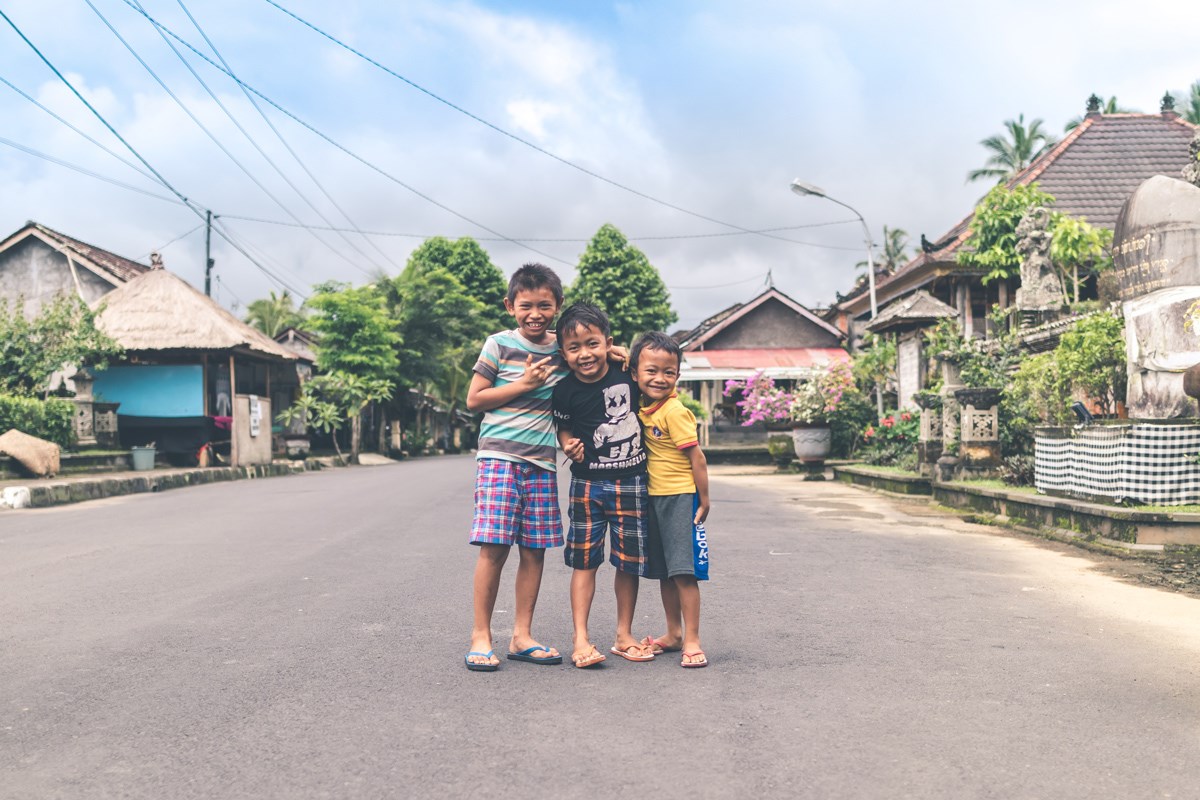










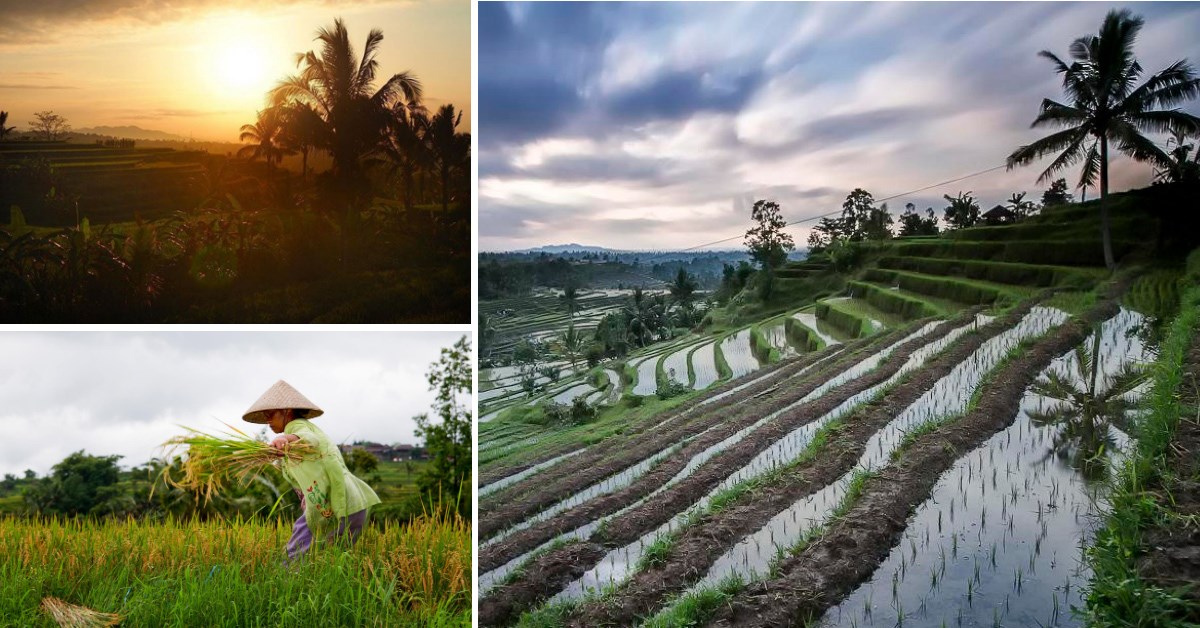



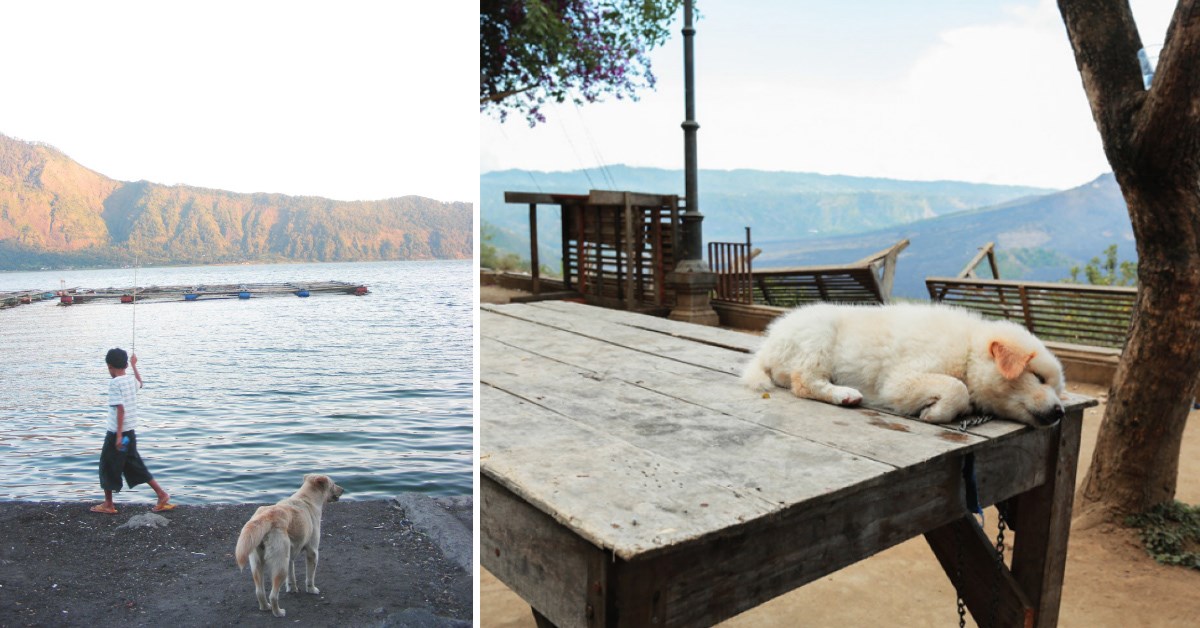


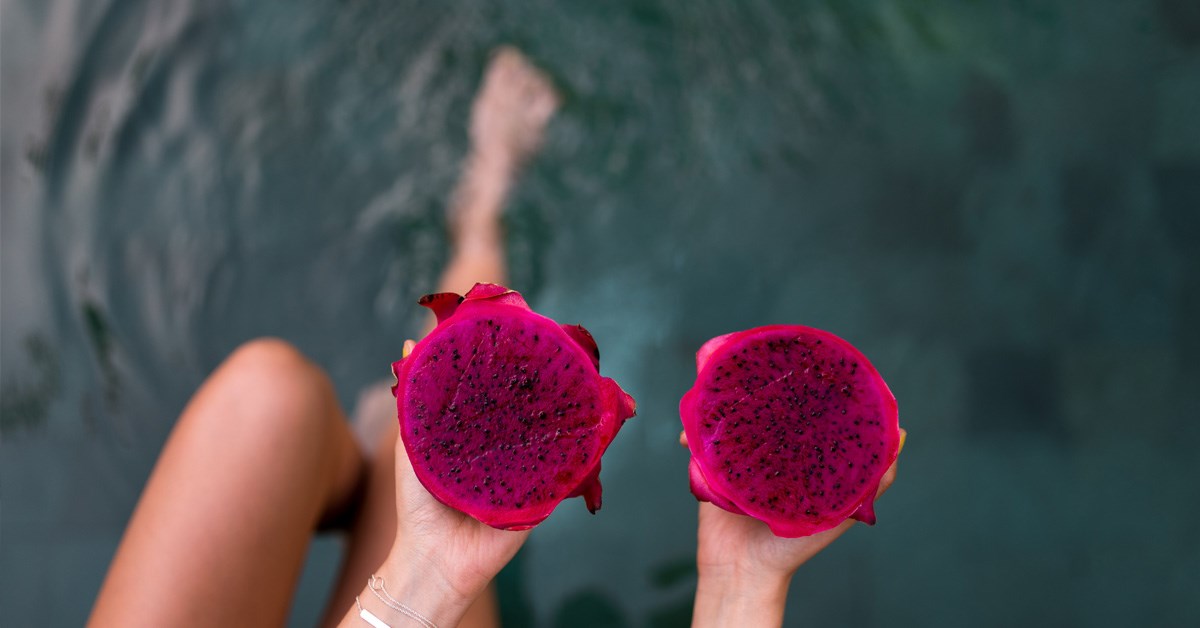
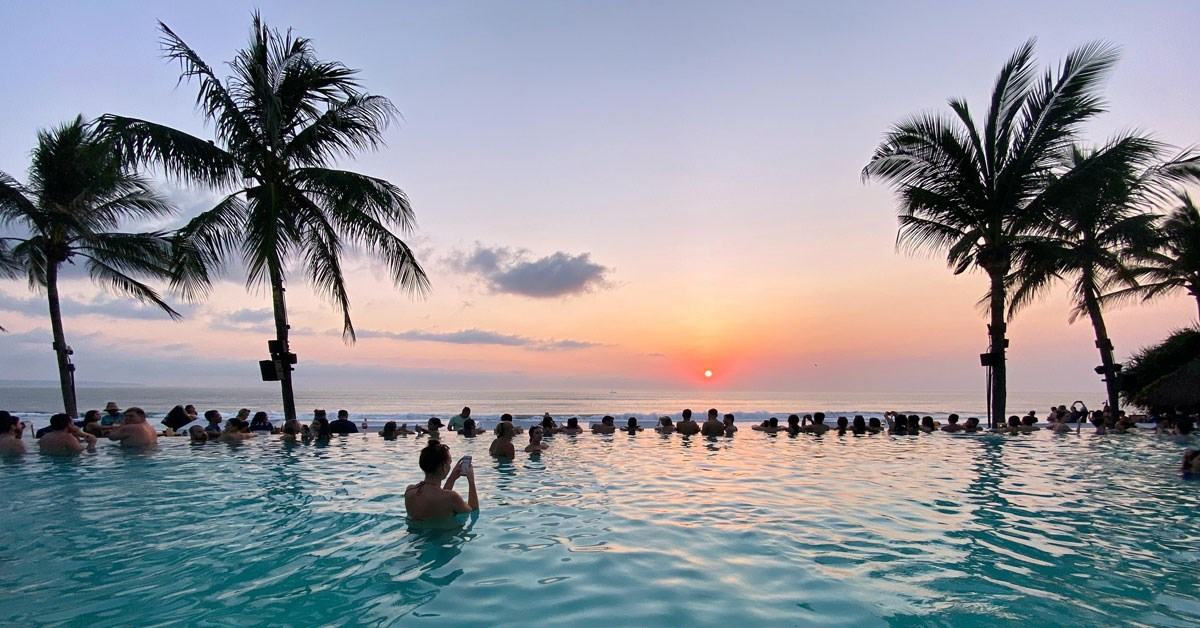
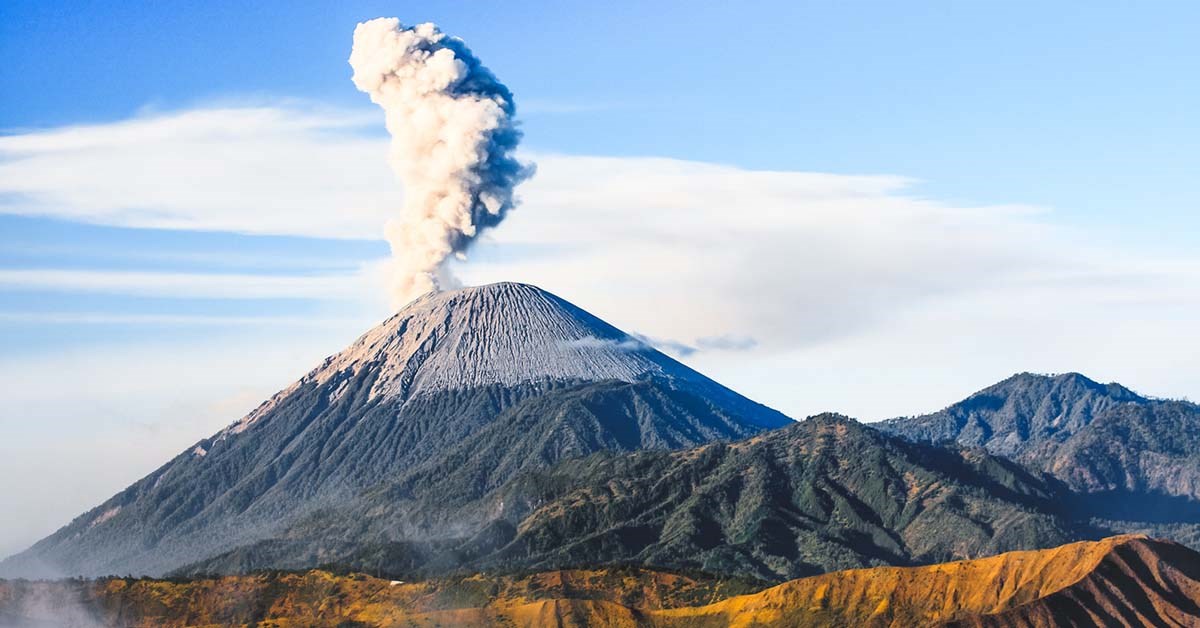
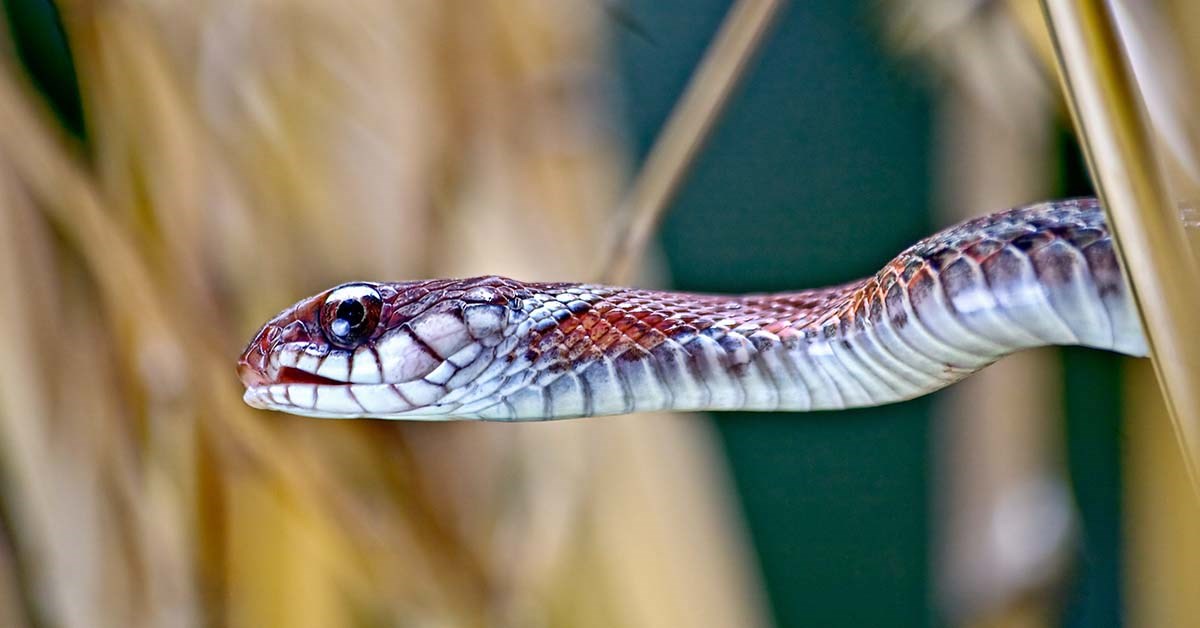
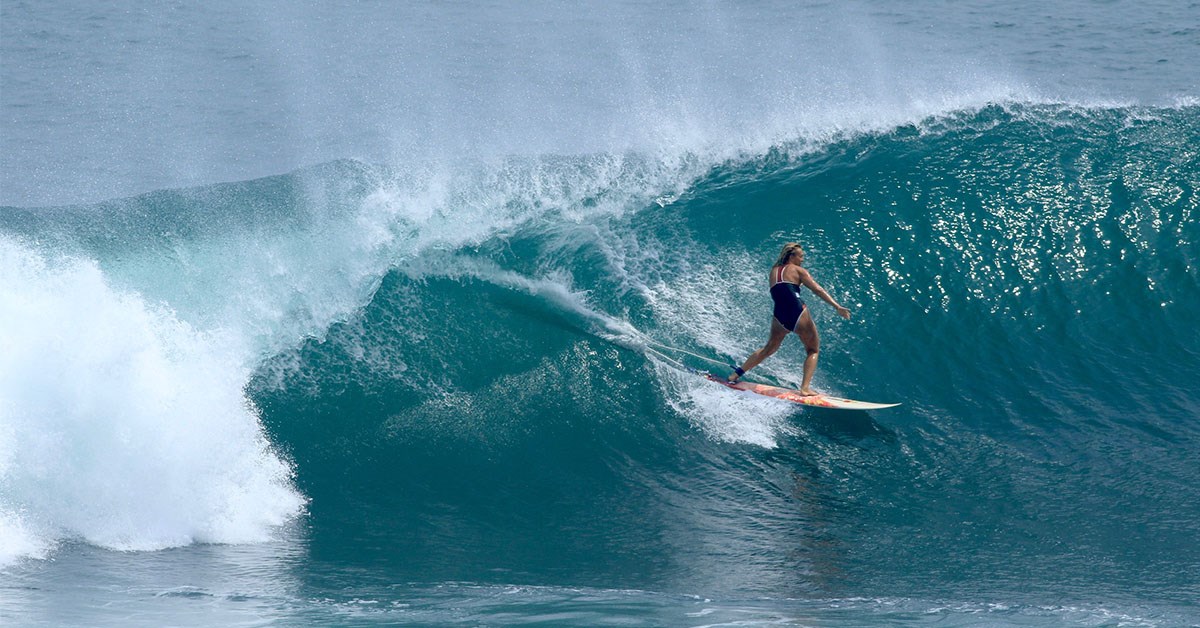
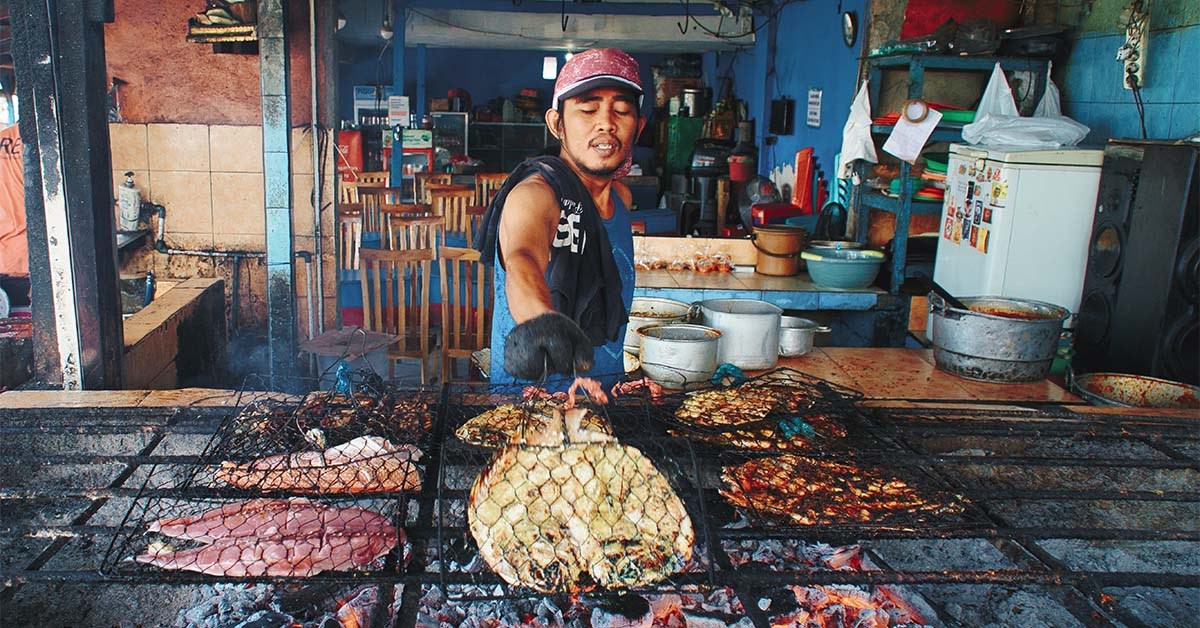
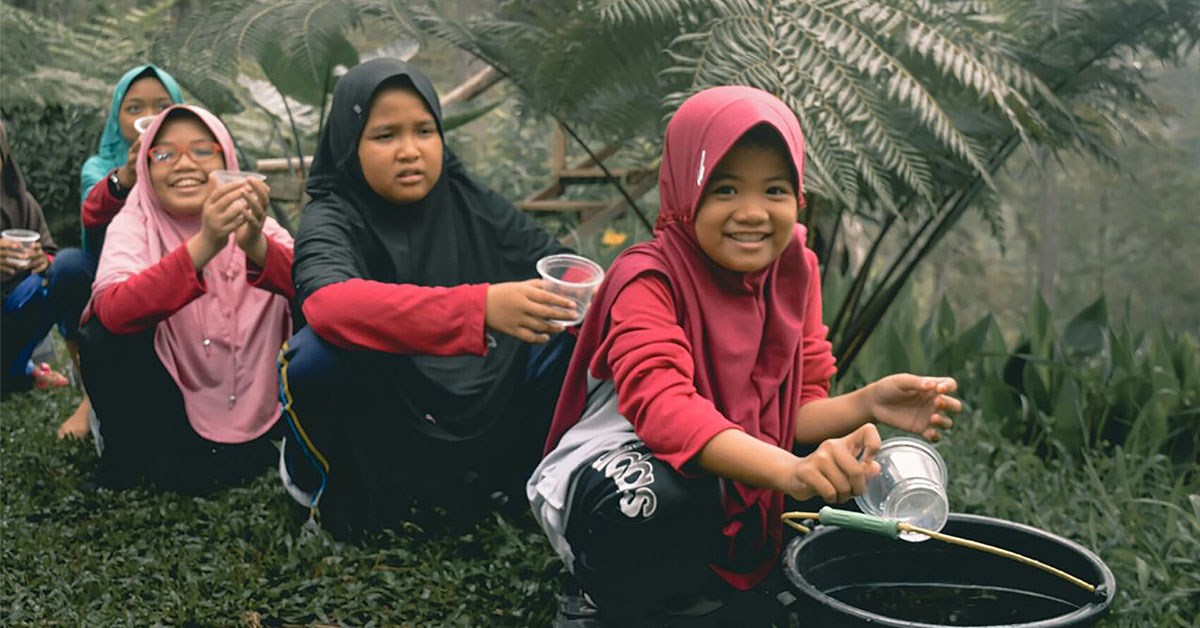
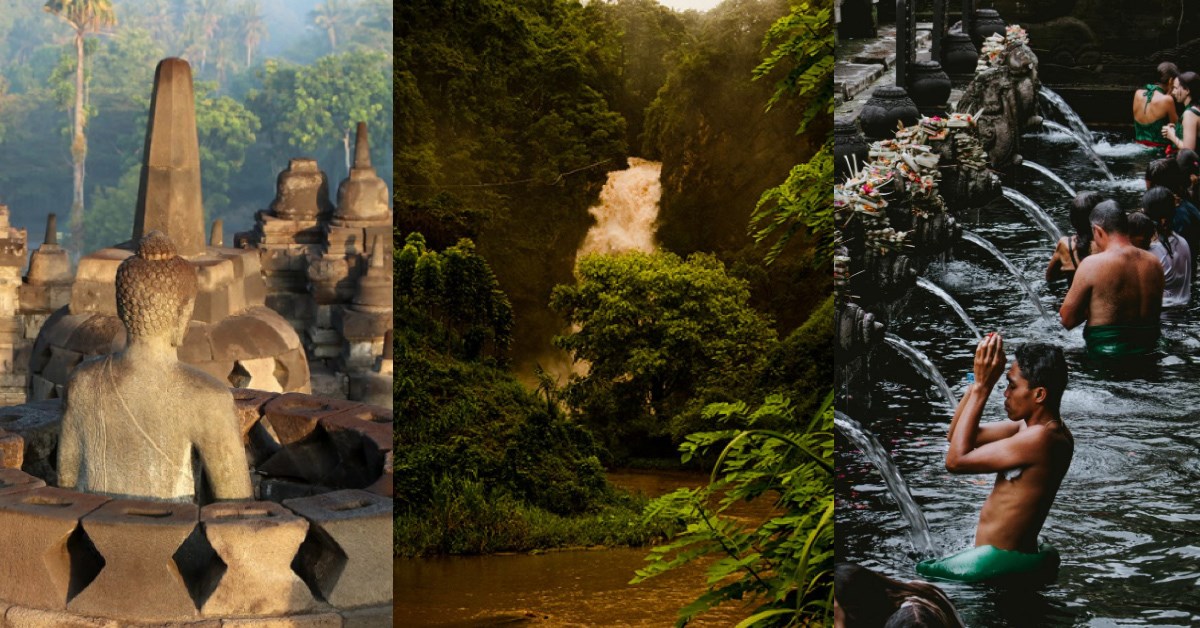
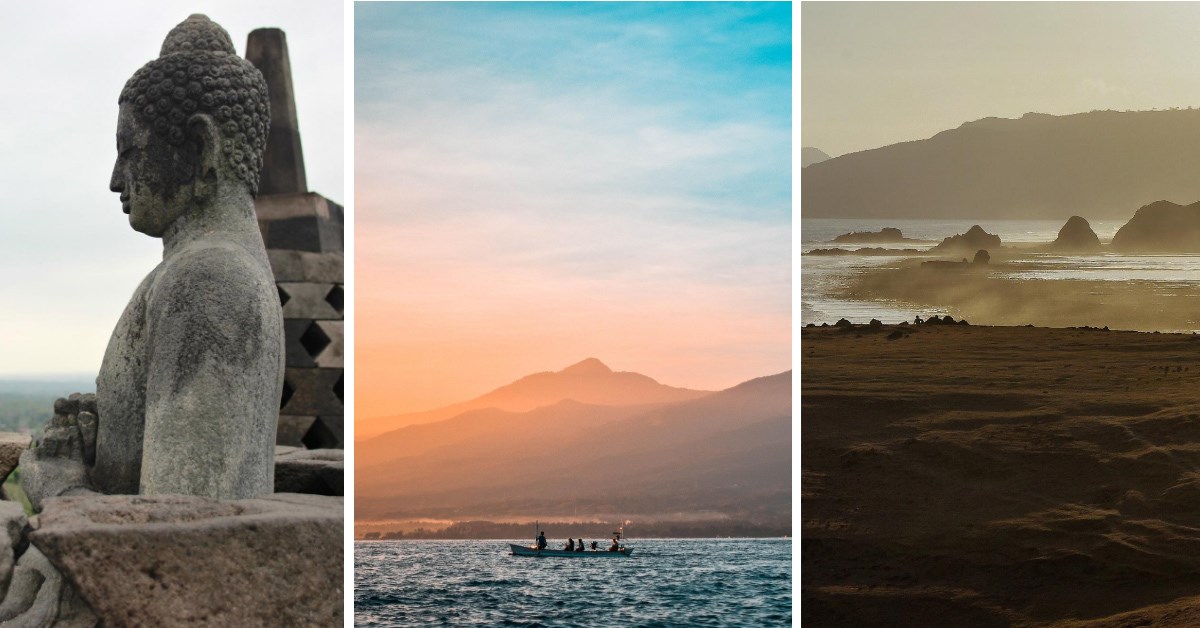
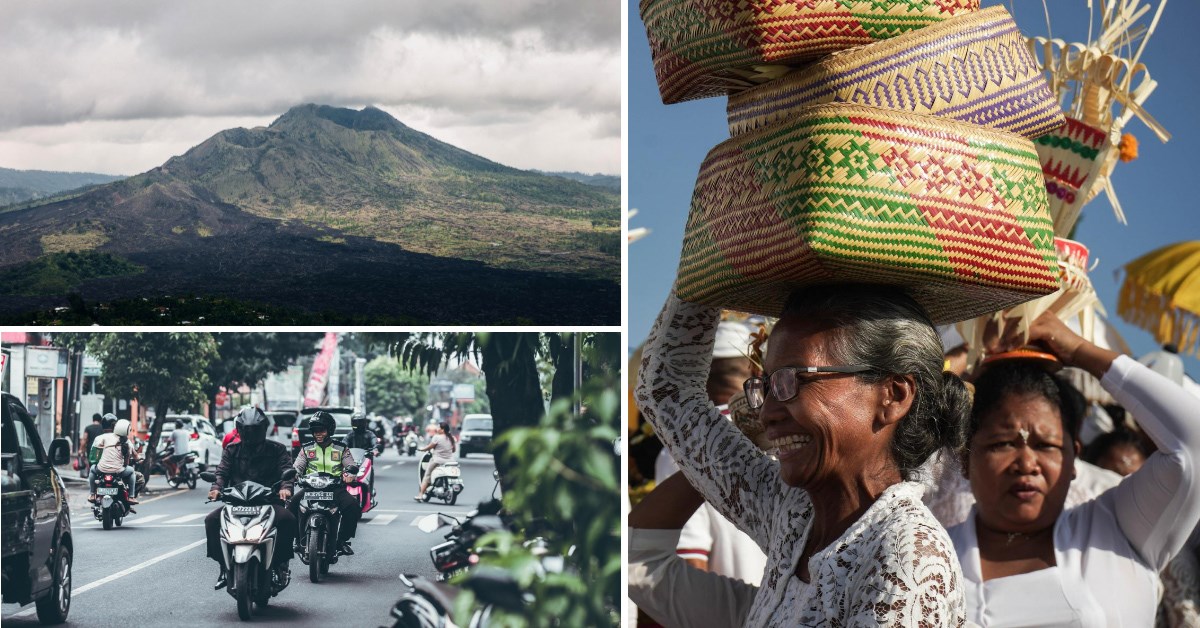
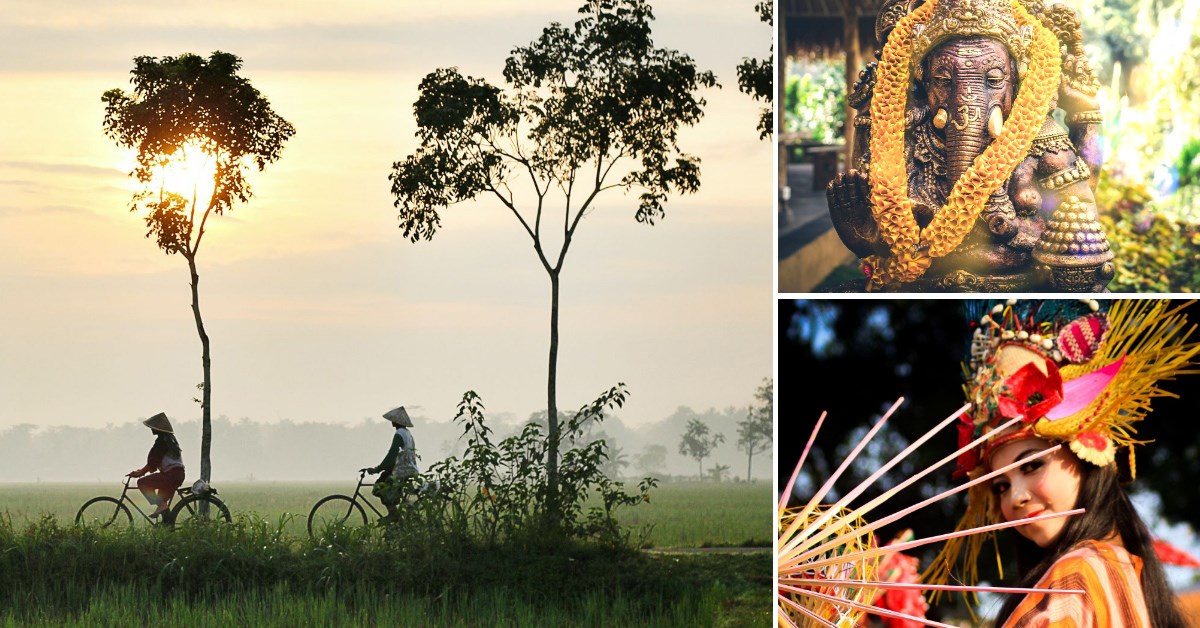

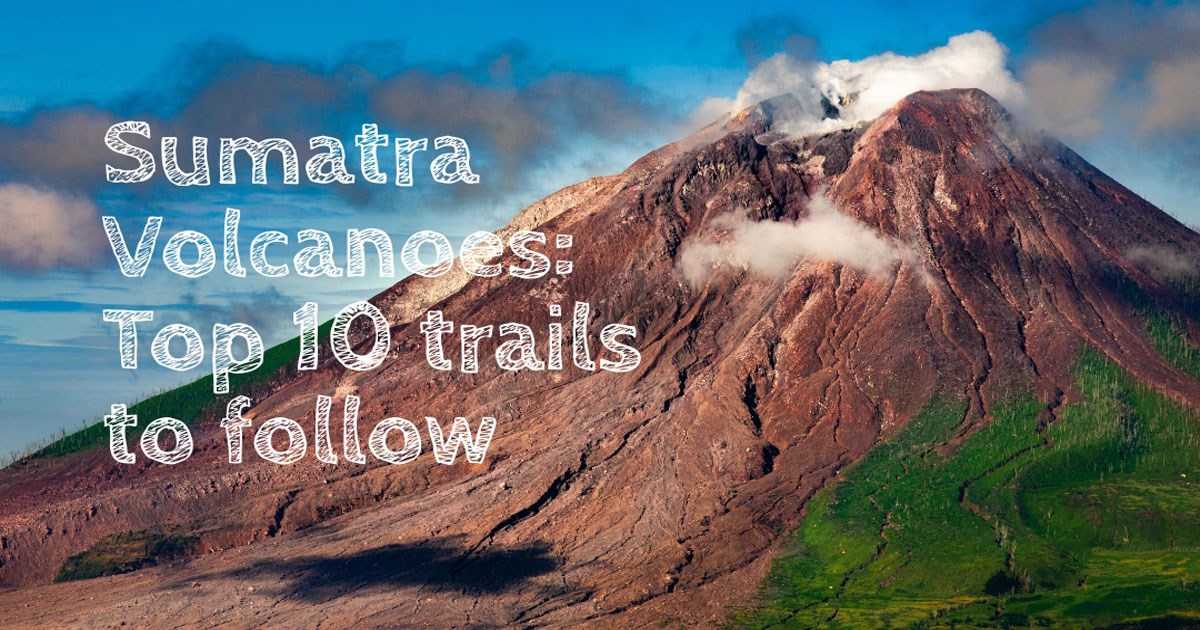
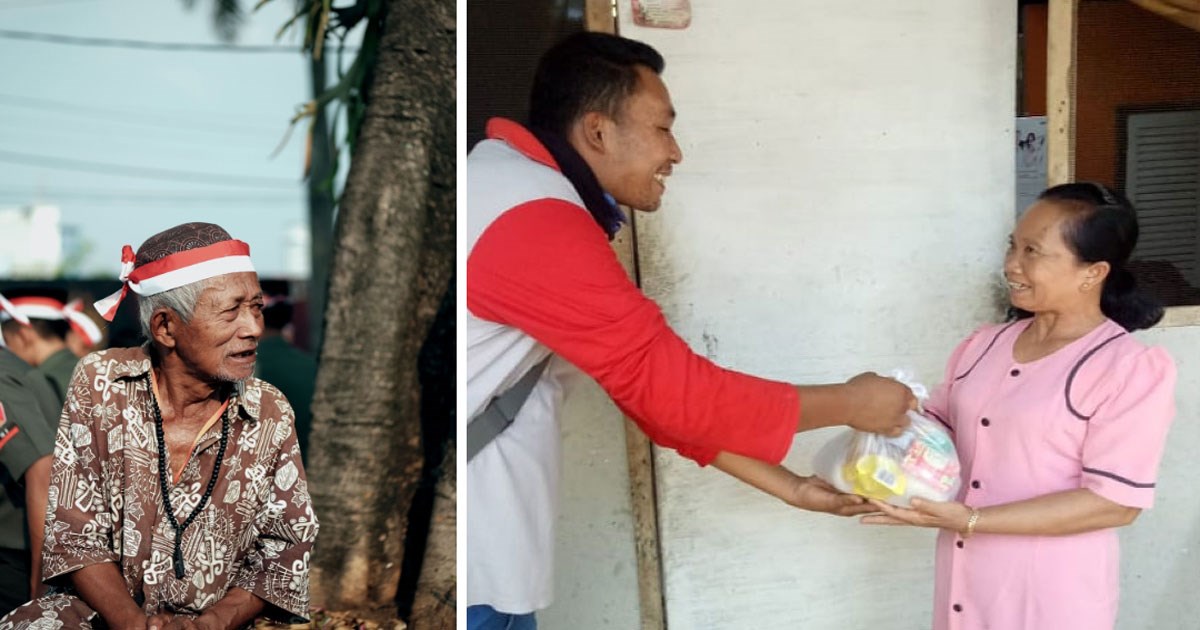
Be the first to leave a review